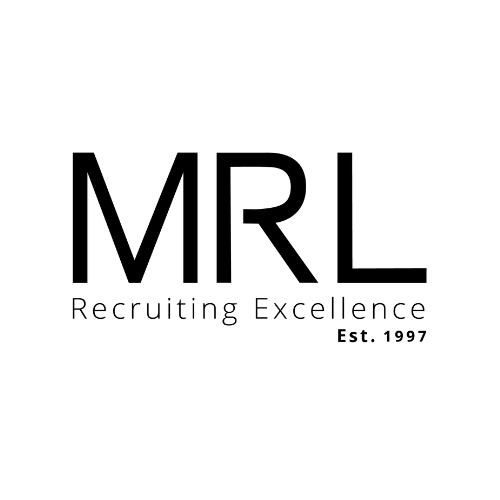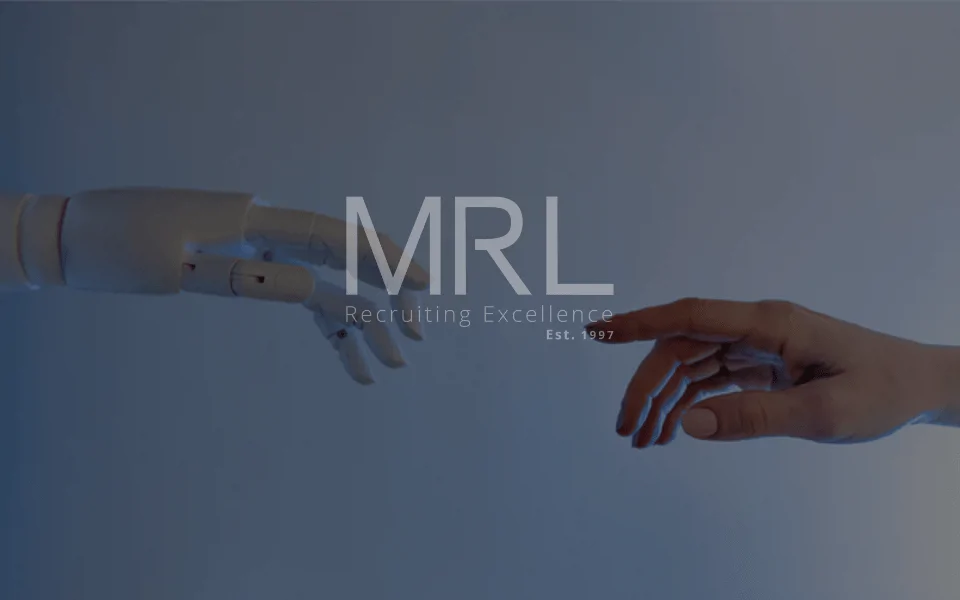Virtual Interviews: Top Ten Tips for Candidates
23 Mar, 20205 minutesCritical processes, such as recruitment, are no exception. An increasing number of businesse...

Critical processes, such as recruitment, are no exception. An increasing number of businesses are turning to virtual interviews, using video technology to offer as realistic an interview experience as possible.
What is a virtual interview?
A virtual interview is the same as the interviews you are used to. Except instead of meeting face to face in an office setting, you communicate via phone call or through video conferencing on your laptop or computer.
How to ace a virtual interview
As a candidate, you may feel daunted about being on camera or worried you won’t be able to get your points across as clearly as you might in person. But rest assured, it is possible and here are some tips to help you feel confident, ensure a smooth process, and give you the best chance at securing the job.
-
Check your tech before the interview starts
As with any meeting that involves the use of technology, make sure everything is operational beforehand with the following checks:
- Do you have a strong connection?
- Is your computer or device fully charged and ready to go?
- Are the camera and microphone working?
- Practice dialling in.
Some tools need to be downloaded or are only compatible with certain browsers. Check this well in advance, so you don't end up doing last minute downloads and being late to your meeting.
If you experience any trouble, ask for IT support from the company you are interviewing at.
It’s worth remembering that even if you’ve tested your technology and everything is working well, things can still go wrong. It’s just a fact of life.
Technology can fail, particularly when it’s under high demand, so request back up alternatives like conference call dial-ins or even just a mobile number for an interviewer. That way, you can always get hold of someone on the day.
Even in the most connected areas, many of us are already experiencing challenges with connectivity. This means you could have issues during your interview – so be ready to repeat your answers and, after your responses, check in with the interviewer to make sure the point was clear.
-
Prepare as you would for any other interview
Just because you are sitting at a computer doesn’t mean that you can google the answers to questions or quickly look up facts about the company during the meeting. An interviewer can tell when you are multitasking.
So, it’s important to go through the same preparatory steps as you would if you were meeting your potential employer at their office, away from the screen. Spend time digesting the job descriptions and consider how your experience is relevant. Research the company and practice the answers to standard interview questions. Finally, make a note of questions you want to ask the interviewer.
Remember that you won't see the office or get a feel for the atmosphere, so questions are really the only way to get to know the company you hope to work for. This is your opportunity to find out as much as you can about the culture and the team so that you can get a better feel for the business. Don't be afraid to ask to speak to other employees about the working culture – it shows you are committed and interested.
-
Consider where to do your virtual interview
Dress the room to how you would like to be perceived. For example, if you have a bookshelf behind you, think about what books are there. Alternatively, if your computer camera is facing a wall, what artwork or posters are on display? This is a fantastic opportunity to give the interview an insight into your character.
With that said, make sure there’s nothing that will cause offence and opt for a blank background or wall if in doubt or if you want to be the main focal point and reduce distractions.
Above all, make sure there’s no mess!
If possible, position your screen so that your face is illuminated by natural light. If that isn’t possible, then position a lamp so that it points behind you. The last thing you want is for your employer to struggle to see your facial expressions, which are so important in a virtual interview.
When you know where you want to do your virtual interview, sit down at your computer and make sure that you are comfortable with the camera angle and are happy with the interview space.
We also recommend face-timing a friend from your interview position and asking them what they think. You can even run through a couple of practice questions to stave off any nerves. This will help you know what to expect and feel comfortable with the impending interview.
-
Don’t underestimate the power of professional dress and body language
During a virtual interview, professional body language is extremely important. At the start of an in-person meeting, you would usually shake hands with the interviewer; how do you want to transition this virtually? A quick wave? A nod of the head?
Recall a previous interview and think about how you can create the same sentiments via video call.
Convey confidence by sitting up straight, smiling and maintaining eye contact, even through the screen. It’s easy to get distracted and start to focus on the smaller icon of your own face to monitor how you are coming across, but try to look at the camera lens continually.
And when it comes to presenting yourself well, don’t forget to dress the part. We’ve all heard the stories of people wearing professional clothes with pyjama bottoms during a virtual interview; don’t do this. Even if the recruiter can’t see your entire outfit, professional clothing will put you in a ‘workplace’ mindset and help you focus.
-
Build a rapport to stand out in a virtual interview
It’s hard to build a rapport in an inauthentic atmosphere like a virtual interview.
In a traditional interview, you have the opportunity for small talk as you walk from the reception area to wherever the interview is set to take place. With a virtual meeting, that opportunity isn’t there.
There’s a level of disconnect that you don’t get in an in-person meeting. But that doesn’t mean it's impossible to connect.
Perhaps, as the interview begins, ask how the recruiter has found the process of moving interviews online, or try to glean a common interest that you can talk about.
-
Take a short break, and don’t forget about the follow-up
After the interview, take some time out if you’re able to. Go for a short walk, or if you are self-isolating, have a break and do something non-work related.
It can be tempting to go straight back to your day job, but you need to unwind and contemplate the experience after the interview before continuing with your day to day work. What are your initial thoughts about the experience? Was it what you have hoped for or expected? Does this still seem like the type of company you want to work for?
Just as you would in a ‘normal’ interview, follow up afterwards to thank the interviewer for their time. This can also be an excellent way to ask any follow-up questions that come to mind after the stress of the experience has melted away.
If you have any questions about any of these tips or would like to chat more about job opportunities, please get in touch, and we will be happy to help you.





